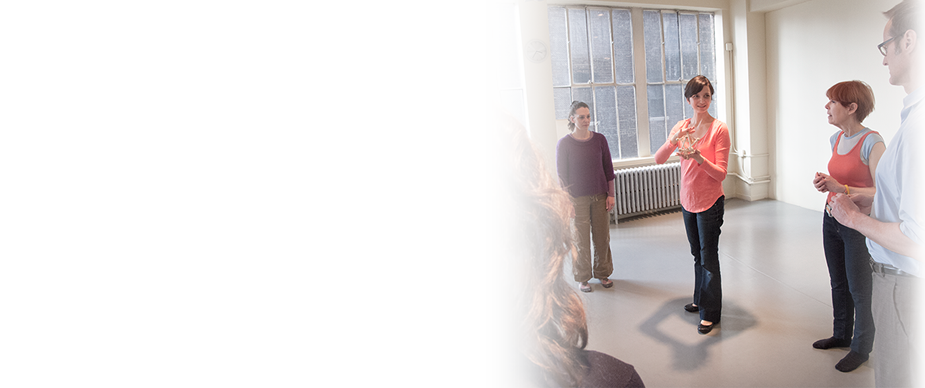The Shampoo Bottle that Injured a Man's Back
/David worked out regularly at the gym, appeared toned and fit, and at a glance didn’t seem to have particularly poor posture. One day David reached down in the shower to pick up a shampoo bottle and herniated a disk in his lower back. When subjected to chronic compression of the spine, the inter-vertebral discs (the squishy disks that provide the padding and shock absorption between the vertebrae) can bulge. Herniated disks can be quite painful.
If David appeared to be in such good shape, how did he injure his back? David habitually and unconsciously compressed and narrowed his lower back. As many people do, he overused the muscles in his upper back, neck and shoulders. Overuse in the neck/upper back/shoulder area usually results in downward compression into the lower back. Since the habits described were unconsciously being engaged all the time, they would become exaggerated even more when he would lift weights. To further the problem, he would build muscle in his upper body, but his lower back would remain compressed and unengaged in the activity of lifting, so instead of becoming more elastic and strong during his exercise routine, David’s back would become further compressed. Also, the muscle weight that he was building in his upper body would intensify the compression in his lower back and in turn intensify the problem in general, even when he wasn’t working out.
Eventually the downward pressure became so strong that the simple action of lifting a shampoo bottle was the “straw that broke the camel’s back” and David suffered injury.
He began visiting an osteopath who suggested that he take Alexander Technique lessons. David has since learned how to undo and avoid compressing his upper back and shoulders back and down and has alleviated pressure on his lower back, which has allowed his lower back to become more elastic and strong. In turn, his lower back better supports his upper body. He takes what he has learned into his workout and is more aware of how his is using his whole body when working out, instead of concentrating only on a specific area in which he wants to build muscle.
The key to protecting the lower back when working out is not to try to engage the lower back muscles directly or do lower back exercises, but instead to release upper back, neck, and shoulder tension and compression, which is typically the source of a lower back problem. People tend to throw off their balance from the top down by creating excess tension and compression that essentially makes them top heavy. Addressing the lower back directly doesn’t solve the problem. I just shifts the tension around. Addressing the source (tension and pressure from above) resolves the problem. David’s pattern of how he habitually used his body is common and often unconscious.
Whether you are a walker, runner, golfer, swimmer, or work out at the gym, you can benefit from learning to undo your potentially harmful habitual patterns. Not only will you avoid injury, but you’ll play/run/work out at your best!


